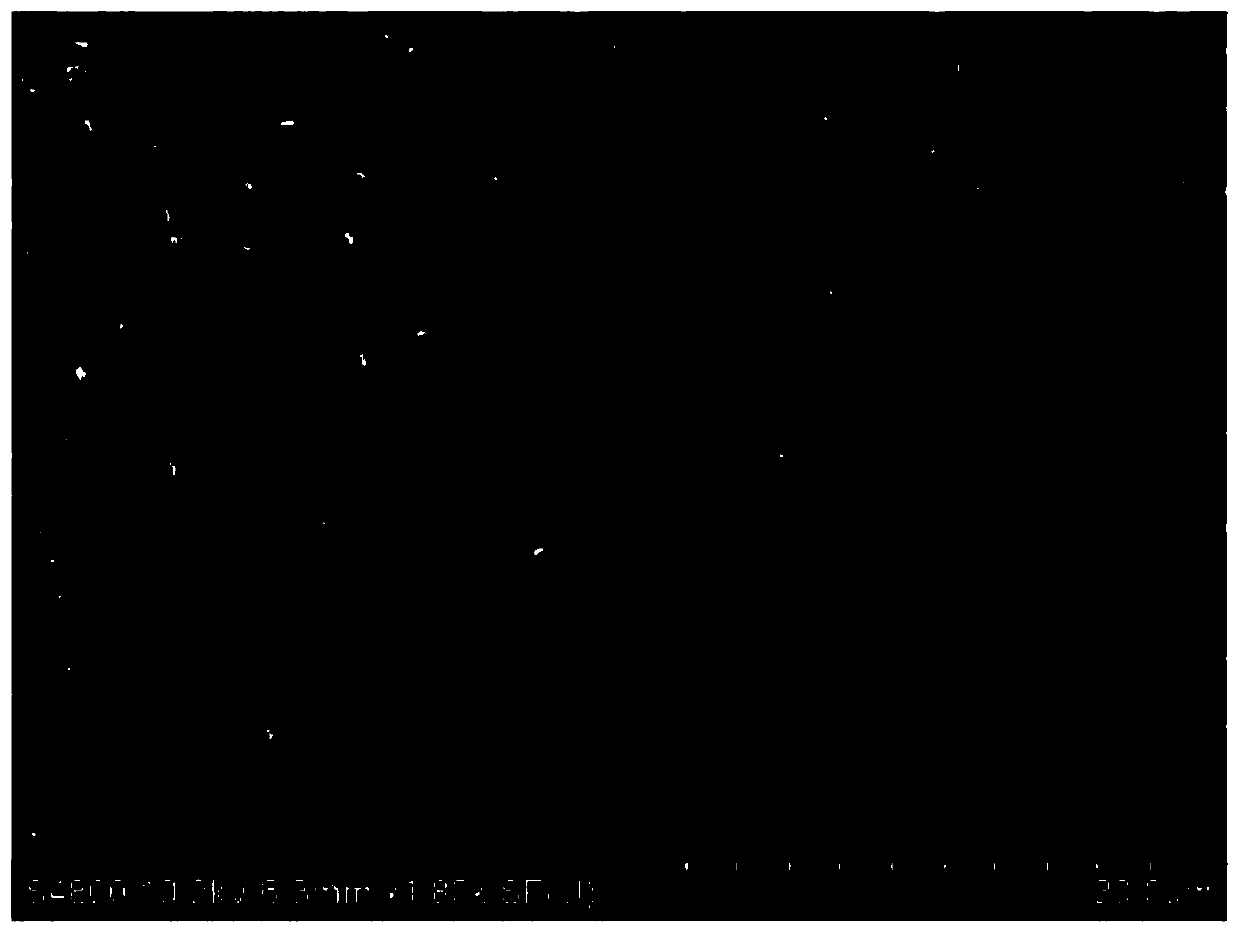A method for evaluating the activity of antioxidant polypeptides using nanomaterial cell sensors
A technology of cell sensors and antioxidant peptides, which is applied in biochemical equipment and methods, and microbial measurement/inspection, etc., can solve the problems of incomplete explanation of the effect of antioxidant substances, long cycle, unfavorable effective evaluation, etc., and shorten the test. The effect of cycle, stable vitality and fast detection speed
- Summary
- Abstract
- Description
- Claims
- Application Information
AI Technical Summary
Problems solved by technology
Method used
Image
Examples
Embodiment 1-1
[0050] Such as figure 1 As shown, the construction of the nanomaterial cell sensor includes the following steps:
[0051] 1), electroplating of nano-platinum particles: at first the gold disc electrode (i.e. bare gold electrode) is coated with Al 2 o 3 Powder grinding and polishing, 100KHz ultrasound for 5 minutes, cleaning with ultrapure water, then connecting the electrode to the electrochemical workstation, and measuring the current value with differential pulse voltammetry, the results are as follows figure 2 shown in a; then the bare gold electrode was placed in 10mM H 2 PtCl 6 In the solution, under the conditions of voltage -0.2V and scan rate of 100mV / s, electroplating was performed for 300s, and the platinum-plated bare gold electrode was scanned by SEM, such as image 3 As shown, then connect the platinum-plated electrode to the electrochemical workstation, and measure the current value by differential pulse voltammetry, the result is as follows figure 2 as sh...
Embodiment 1-2
[0070] The construction of the nanomaterial cell sensor includes the following steps:
[0071] 1), the electroplating of nano-platinum particles: first gold disc electrode (i.e. bare gold electrode) on Al 2 o 3 Grinding and polishing in the powder, cleaning with ultrapure water after 100KHz ultrasound for 5min; then place the bare gold electrode in 8mM H 2 PtCl 6 In the solution, electroplating for 250s under the conditions of voltage -0.3V and scan rate 150mV / s;
[0072] 2) Modification of nano-silver wires: Dissolve nano-silver wires in deionized water, then drop them onto platinum-plated electrodes, and irradiate them with fluorescent lamps for 10 minutes to fix nano-silver wires on the electrode surface to obtain nano-modified electrodes;
[0073] 3) Preparation of the gel: add sodium alginate to the DMEM culture solution with a concentration of 1×, the addition amount is 0.02g / mL, and ultrasonically treat at 100KHz for 4min, so that the sodium alginate is evenly distri...
Embodiment 1-3
[0087] The construction of the nanomaterial cell sensor includes the following steps:
[0088] 1), the electroplating of nano-platinum particles: first gold disc electrode (i.e. bare gold electrode) on Al 2 o 3 Grinding and polishing in the powder, cleaning with ultrapure water after 100KHz ultrasound for 5min; then place the bare gold electrode in 8mM H 2 PtCl 6 In the solution, electroplating for 300s at a voltage of -0.1V and a scan rate of 200mV / s;
[0089] 2) Modification of nano-silver wires: Dissolve nano-silver wires in deionized water, then drop them onto platinum-plated electrodes, and irradiate them with fluorescent lamps for 15 minutes to fix nano-silver wires on the electrode surface to obtain nano-modified electrodes;
[0090] 3) Preparation of the gel: add sodium alginate to the DMEM culture solution with a concentration of 1×, the addition amount is 0.02g / mL, and ultrasonically treat at 100KHz for 4min, so that the sodium alginate is evenly distributed in th...
PUM
 Login to View More
Login to View More Abstract
Description
Claims
Application Information
 Login to View More
Login to View More - R&D
- Intellectual Property
- Life Sciences
- Materials
- Tech Scout
- Unparalleled Data Quality
- Higher Quality Content
- 60% Fewer Hallucinations
Browse by: Latest US Patents, China's latest patents, Technical Efficacy Thesaurus, Application Domain, Technology Topic, Popular Technical Reports.
© 2025 PatSnap. All rights reserved.Legal|Privacy policy|Modern Slavery Act Transparency Statement|Sitemap|About US| Contact US: help@patsnap.com



